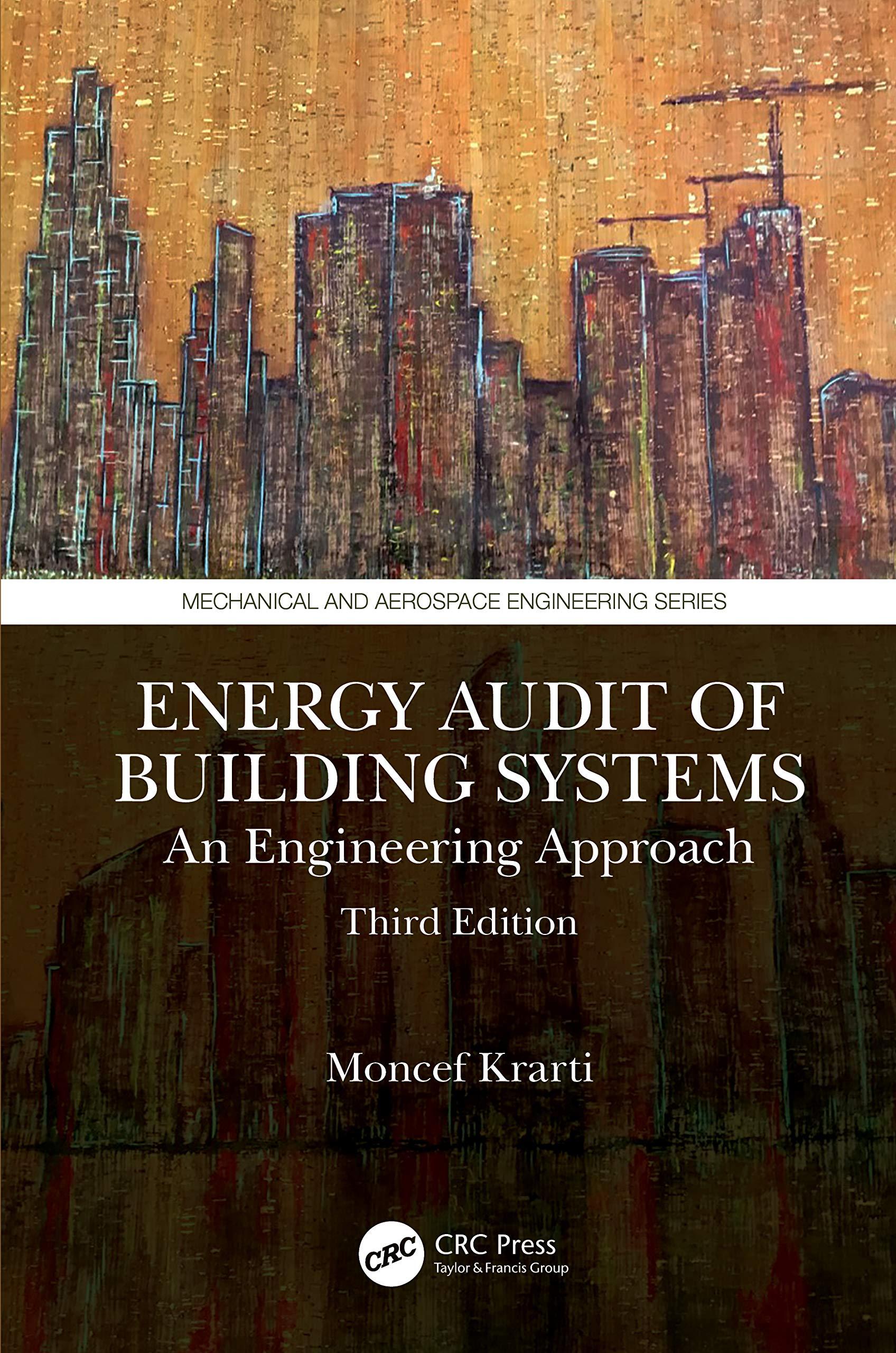
Matching A. Activity-based cost management J. Normal activity B. Actual activity K. Practical capacity C. Appraisal costs L. Prevention costs D. Conformance to specifications M. Process reengineering E. Customer expectations of quality N. Resources supplied F. External failure costs 0. Resources used G. Internal failure costs P. Theoretical capacity H. Lean accounting Q. Unused resource capacity I. Lean manufacturing R. Cost of quality system 1. Costs incurred when nonconforming products and services are detected after being delivered to customers. 2. The expenditures or the amounts spent on the activity. 3. Approach that uses activity-based costing data to evaluate the cost of value-chain activities and to identify opportunities for improvement. 4. The degree to which a product or service meets expectations. 5. Costs incurred to prevent defects in the products or services from being produced. 6. The customer's anticipated level of product or service including tangible and intangible features). 7. Costs incurred to detect individual units of products that do not conform to specifications. 8. The amount of production possible under ideal conditions with no time for maintenance, breakdowns, or absenteeism. 9. The long-run expected volume produced. 10. The amount of production possible assuming only the expected downtime for scheduled maintenance and normal breaks and vacations. 11. Costs incurred when nonconforming products and services are detected before being delivered to customers. 12. The difference between resources used and resources supplied. 13. Approach to production that looks to significantly reduce production costs using solutions such as just-in-time inventory and production, elimination of waste, and tighter quality control. 14. Actual volume for the period. 15. Changing operational processes to improve performance, often after examining activity-based costing data to determine opportunities for improvement. 16. A system that reflects the tension between incurring costs to ensure quality and the costs incurred with quality failures. 17. A cost accounting system designed around the value chain of major products and services to support lean manufacturing. 18. Cost driver rate multiplied by the cost driver volume







